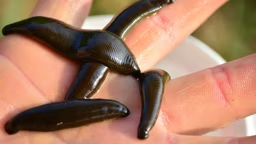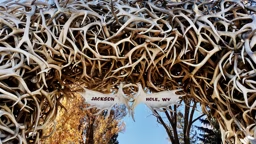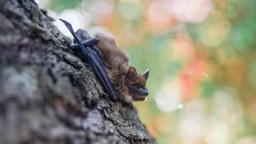When it comes to nesting and feeding, each warbler species carves out its own niche, specializing in a particular way of life. Some species pick insects from the tops of branches. Others tip up leaves and search in the shade. Still others flutter about and dart into the air, hawking flying insects from the spaces between trees.
The list of the warblers’ habitat needs runs as long as the list of different types of warblers — in other words, quite long. Some species nest in thickets near wetlands. Others require large tracts of open forest.
Most species are between 4 and 5 inches from beak to tail, and a great many are yellow. Look for active birds that hold their bodies in athletic, horizontal positions. The thin, insect-eating beaks, often-spotted tail feathers, and delicate color patterns are clues that you are enjoying the company of wood warblers.
Brian M. Collins is a high school biology teacher, contract bird biologist and wildlife photographer. Enjoy his photography at www.imagesinnaturallight.com
 Brian M. Collins
Brian M. Collins 









